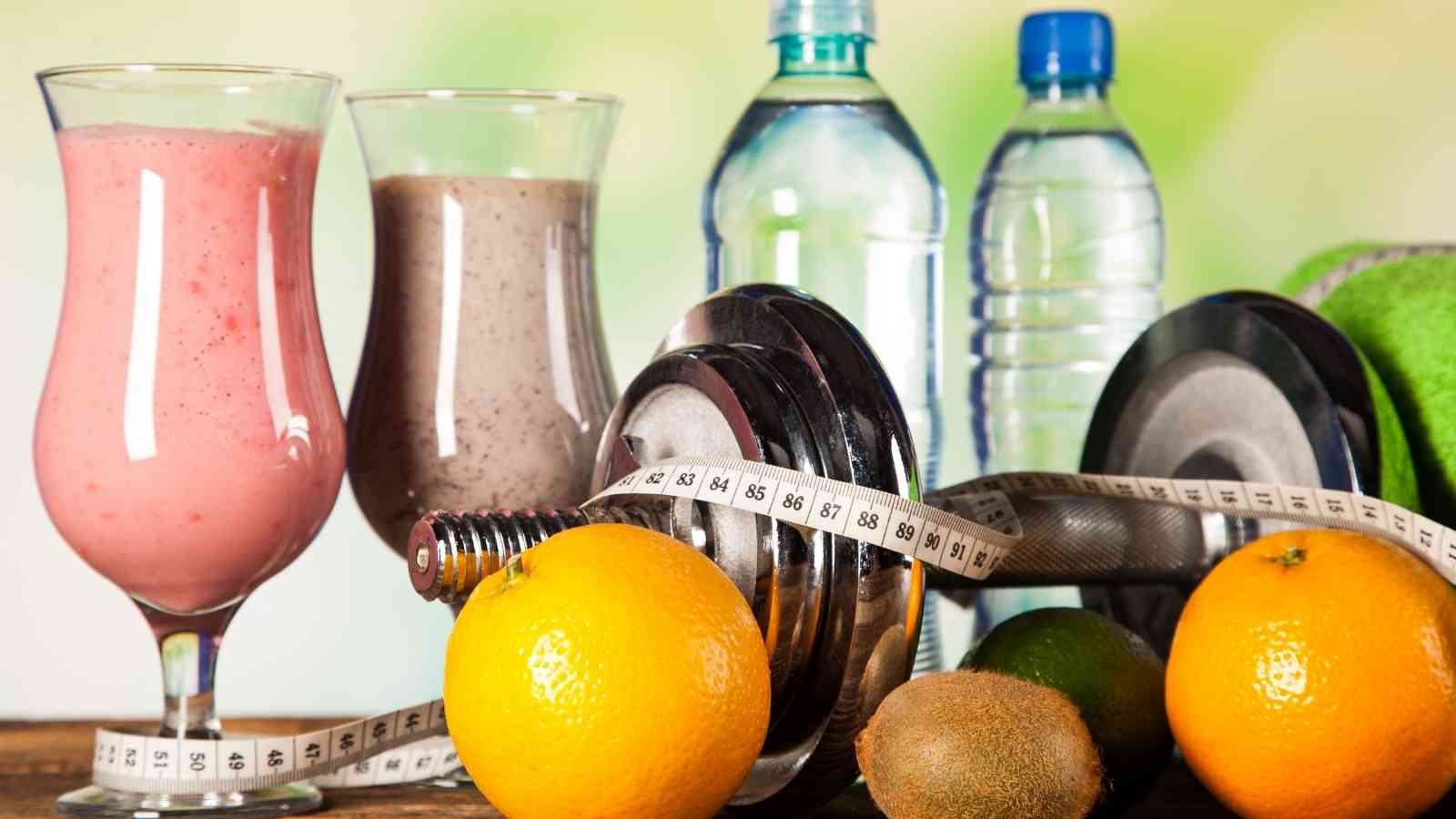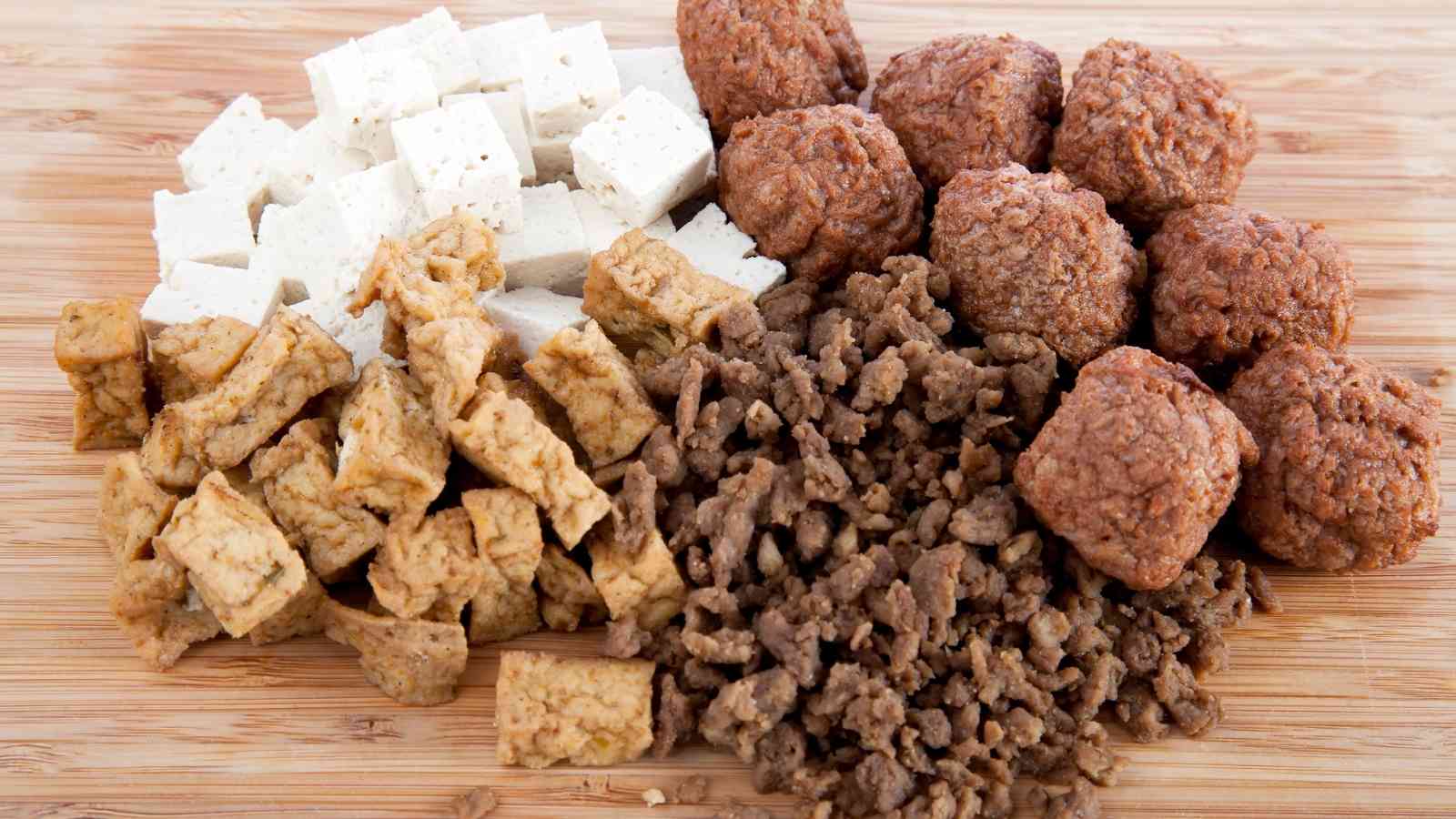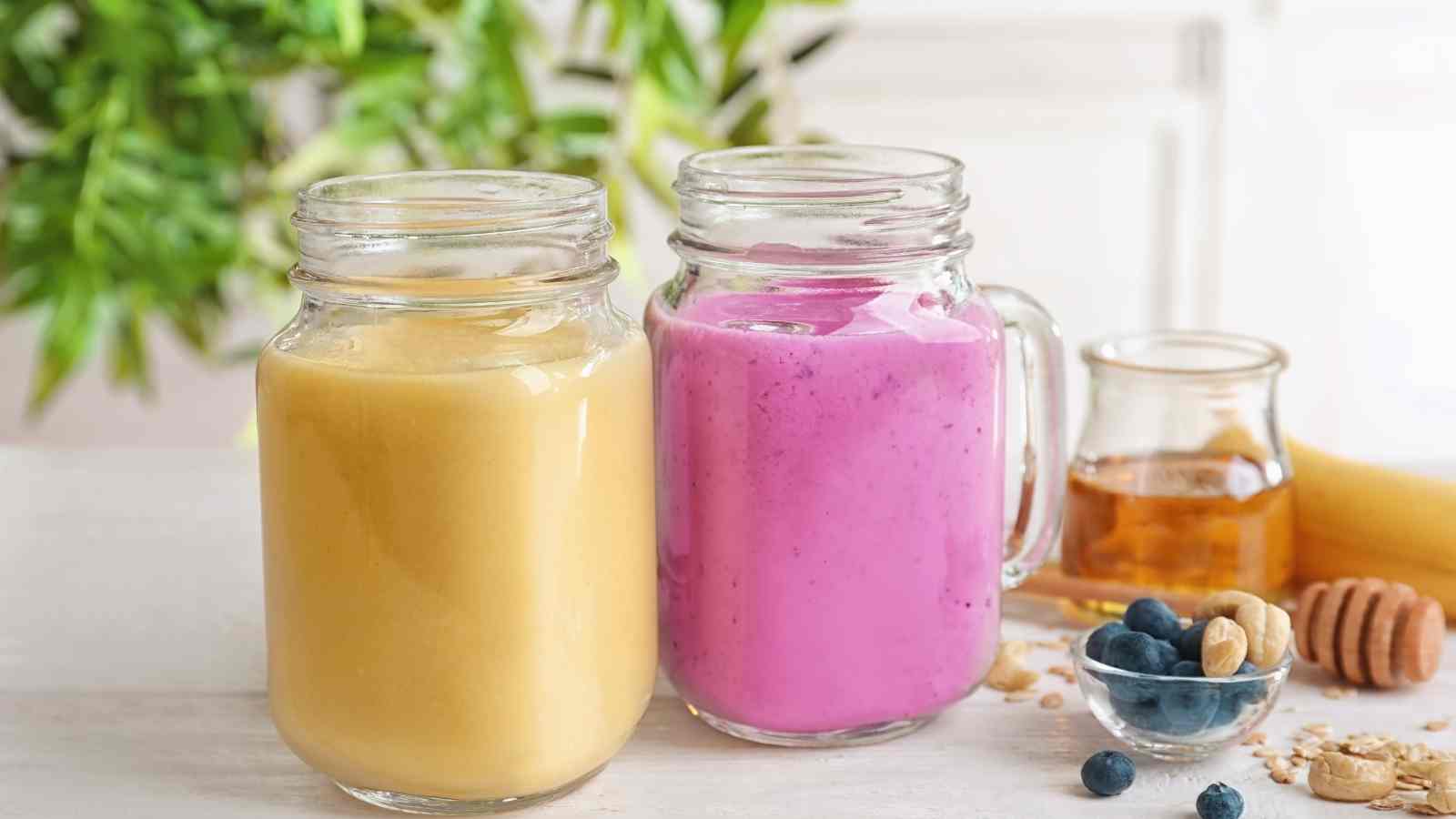Meal replacements and protein shakes are two sorts of goods often utilized by customers in today's market, however, they are frequently mistaken. Given that weight control and athletic performance are two separate aims, and that obesity is a growing concern, the difference is critical.
According to the Global Burden of Disease Study, no nation has lowered its obesity rate in the last 27 years. Over the previous 40 years, the incidence of obesity has almost quadrupled. This sickness can only be described as an epidemic.

The underlying reasons of excess weight include an imbalance between calories ingested and calories spent, as well as a decrease in physical activity owing to the increasingly sedentary character of metropolitan living.
As a result, actively creating possibilities for a more active lifestyle and a healthier diet would be a fair plan. People, on the other hand, often struggle to make the best eating choices.
This might be as a result of:
- A scarcity of time
- Need to dine somewhere other than home
- Portion sizes have been increased
- High-energy but low-nutrient packed food is readily available, convenient, and tasty.
Meal replacements may help you control your weight in this situation.
What Is a Meal Substitute?
Meal replacements, which are not to be confused with protein shakes, smoothies, or juicing, are items designed to replicate the nutritional content of a meal while consuming less calories overall. They frequently include protein as well as other nutrients (such as vitamins and minerals) and are often used for weight reduction or maintenance, with protein helping to satisfy hunger and control appetite. They might be used to replace one or two of the three daily meals, depending on the schedule. A protein shake, on the other hand, is mainly meant to give protein to the body and is often used to supplement rather than replace a meal.
Meal replacements may be found in a number of formats, including meal bars, shakes, and powders that can be blended with milk, as ready-to-eat or easy-to-prepare dishes. Shakes, in the example, may be used to substitute high-fat, high-calorie meals with a controlled calorie intake.
A 200- to 300-calorie meal replacement drink, unlike protein shakes or fruit and vegetable juices, contains both macronutrients and micronutrients found in a normal 500- to 800-calorie meal.
What Exactly Is a Meal Substitute?
The European Food Safety Authority and the Academy of Nutrition and Dietetics in the United States have both acknowledged the use of meal replacement shakes to produce a calorie deficit as an effective method of weight control during the past 15 years.
Participants with obesity followed an energy-restricted diet and were randomly allocated to either a high-protein diet or a standard protein diet for 12 months in a research directed by Marion Flechtner-Mors, Ph.D, member of the Nutrition Advisory Board of Herbalife Nutrition. The high-protein group's diet was supplemented with protein-enriched meal replacements.

When compared to the findings for standard protein consumption, the high-protein group achieved considerable weight reduction while keeping fat-free mass when fed with an energy-restricted, high-protein diet that included nutrient-dense meal replacements.
The Importance of Protein and Fiber in Meal Substitutes
Many meal replacements include plant-based proteins like soy as one of the major components. Dietary fiber also plays a vital function in several goods. This combination exists for a reason: both of these ingredients aid in the control of hunger and appetite.
Hunger and appetite are not the same thing, despite the fact that they are sometimes used interchangeably. Hunger is a physiological requirement for food, while appetite is a desire to consume. People may express a desire to eat even if they are not hungry. Food sensory exposure, such as sight, smell, and taste, has been found to stimulate hunger, in addition to physiological variables.
But how can plant-based protein and fiber help people feel full?
Protein
- Protein is more likely to make you feel satisfied than other nutrients like carbohydrate or fat.
- Protein is digested more slowly than carbohydrates, therefore it remains in the gastrointestinal system for a longer period of time.
- Proteins derived from plants and proteins derived from animals have a comparable impact on appetite.
- Soy-based meals are a good source of fiber, as well as high-quality proteins.
Fiber
- Fiber helps to speed up the passage of food from the stomach and into the small intestine. This helps to decrease the absorption of glucose into the circulation, allowing you to feel fuller for longer.
- Filling your stomach with fiber stimulates receptors in your brain that notify you when it's time to quit eating.
- Drink lots of water to help fiber flow through your digestive tract. This also aids in the battle against hunger, since thirst is sometimes mistaken with hunger.
Due to the importance of protein in meal replacements, there is a considerable misconception as to whether they are the same as protein shakes. They aren't, as you will see.
What's the Difference Between Meal Replacements and Protein Shakes?
Protein supplements and meal replacements have varied nutritional profiles and are intended for various purposes. Simply said, meal replacements are intended to aid in weight loss, whilst protein shakes are more often utilized to aid in athletic performance and muscle growth.

Making the mistake of confusing a meal replacement drink with a protein shake might jeopardize your weight-loss efforts.
Here's a simple method to comprehend the two:
Shakes for Meal Substitution
- It's designed to replace one or two meals in your regular diet.
- Vitamins and minerals are usually added.
- Compared to protein smoothies, they include more fiber and carbs.
- They may contain more calories per serving than a protein shake, but they are still less calorie-dense than full meals.
- Protein is provided, albeit at a lesser amount than in typical protein smoothies.
Shakes with Protein
- It's meant to be used as a complement to a normal diet, not as a meal replacement.
- To be ingested before to or after an exercise.
- Typically, each meal contains up to 25 g of protein.
- Because they aren't meant to be entire meals, they usually comprise less than 5 g of carbs.
- Other from the vitamins and minerals given by the protein source, they tend to have little, if any, additional vitamins and minerals.
Both goods have their purposes, and it's up to you as a customer to choose the correct one for your needs. Protein drinks are excellent for refueling tough exercises, as well as for constructing, toning, and rebuilding muscle tissue. On the other hand, a meal replacement smoothie may assist you in losing or maintaining weight.




